It seems the future of cashless, cardless, and even phoneless payment is here—with Tencent’s WeChat Pay rolling out their new “palm payment” method, where you can make actual payments at establishments just by waving your hand! That essentially means that users can leave the house without their wallets, and even their phone, and still be able to make payment transactions.
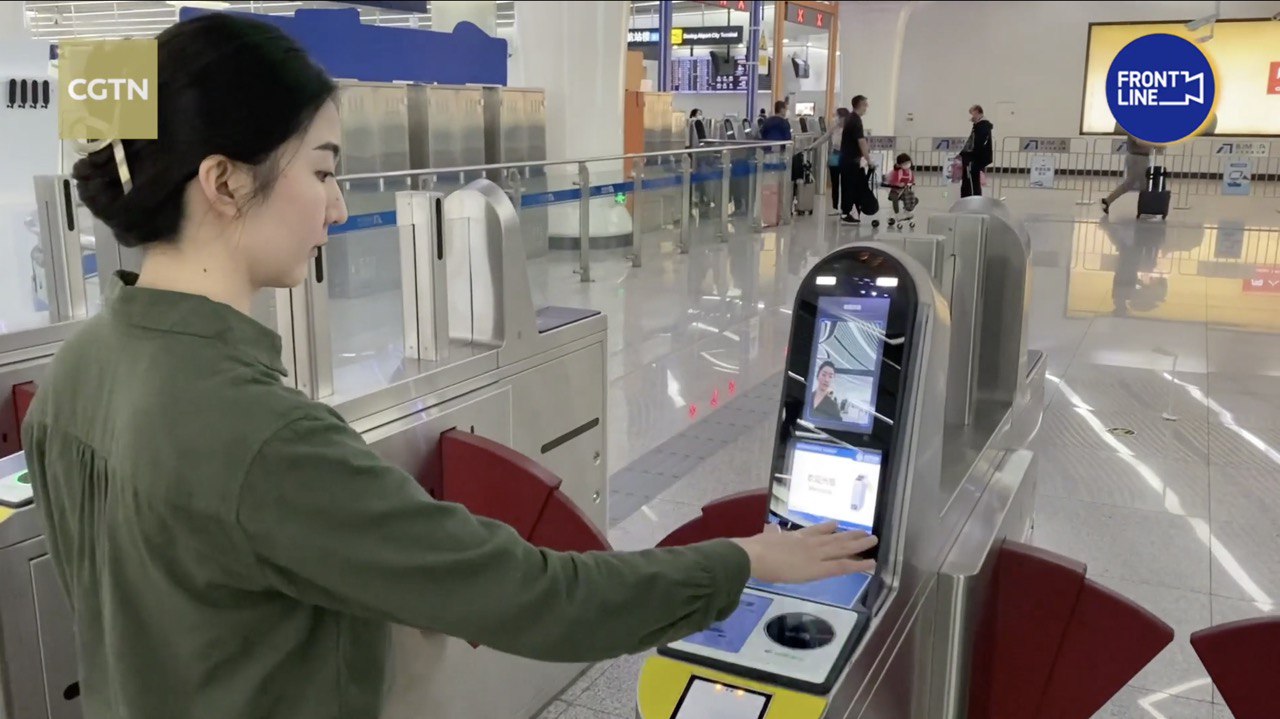
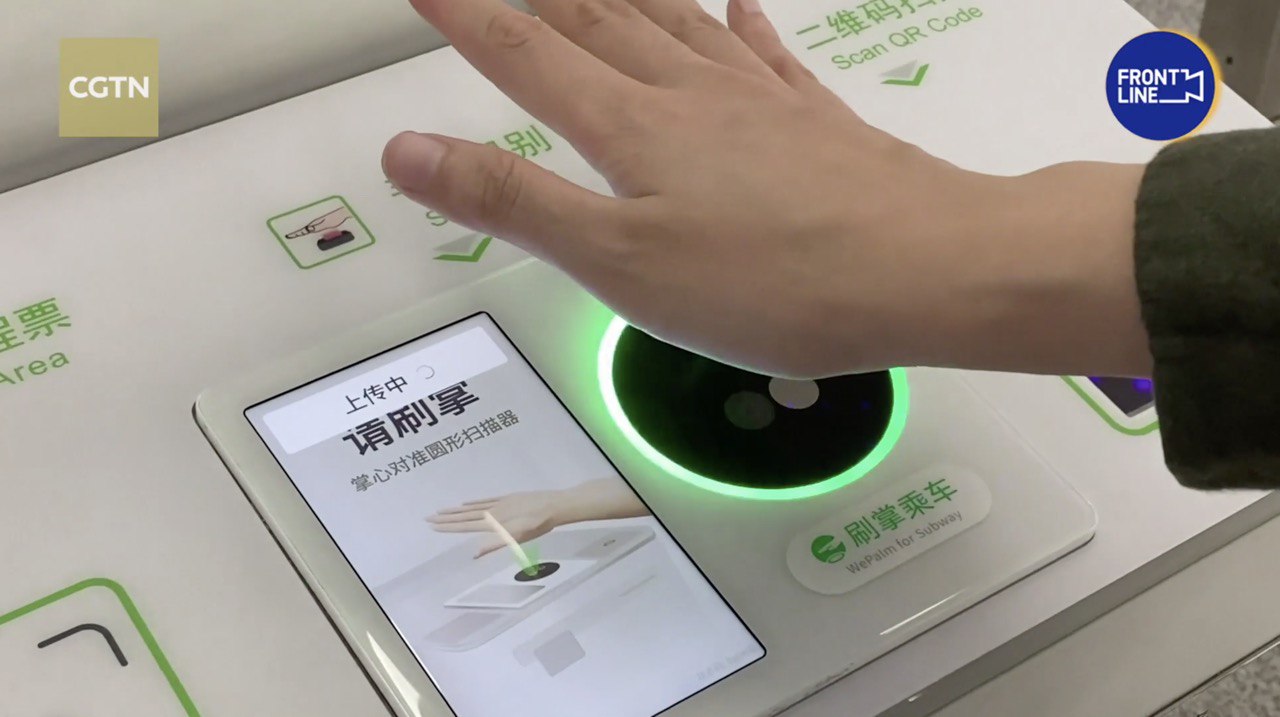
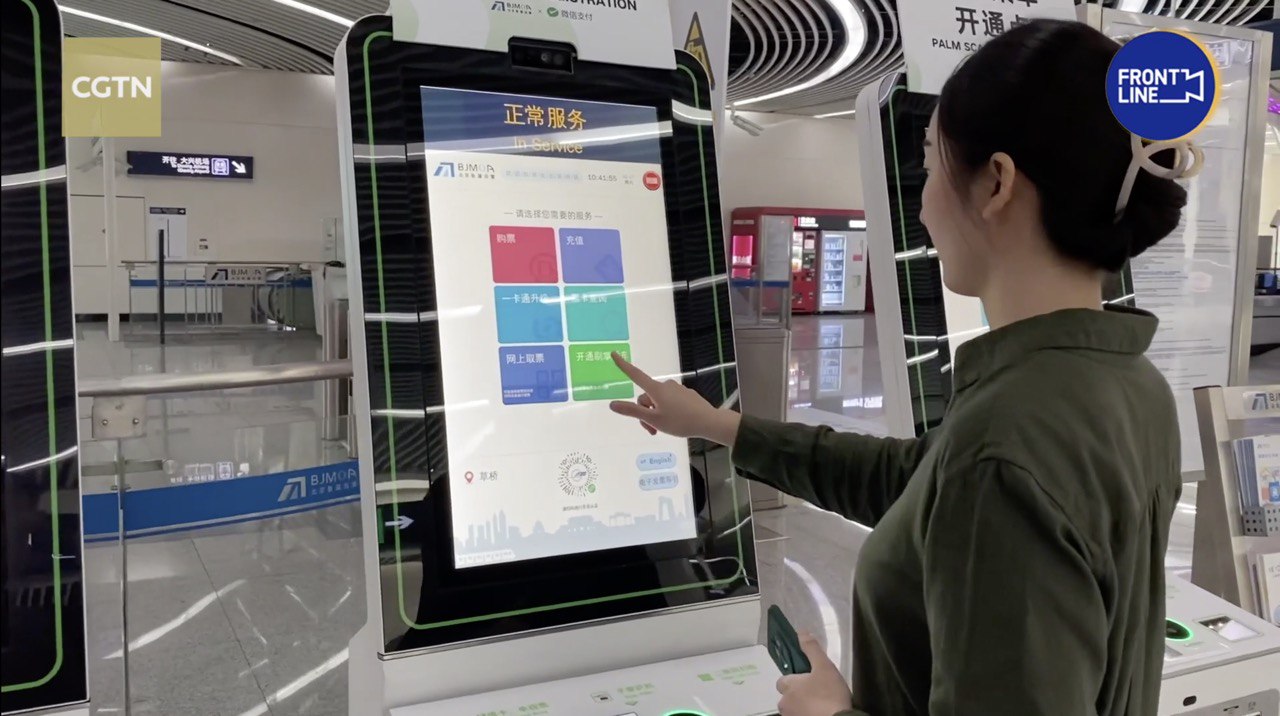
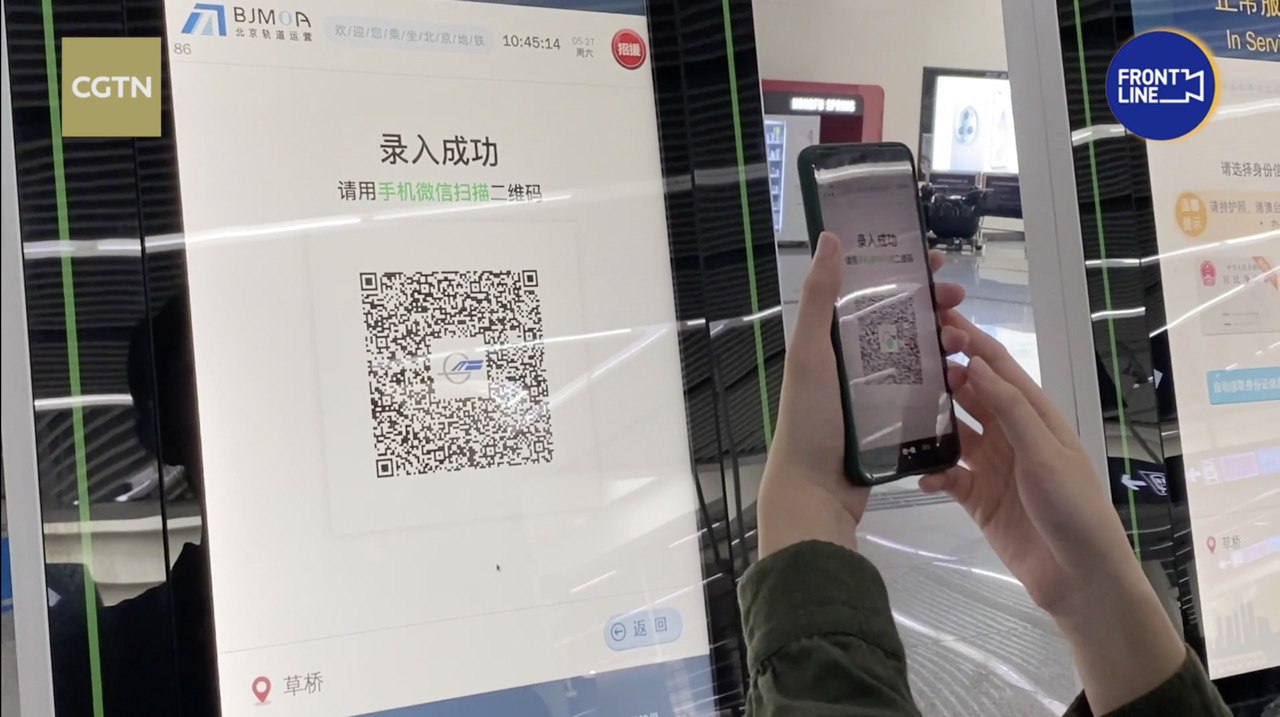
Image Credits: CGTN
How does “palm payment” work? According to Tencent, the technology works by recognizing individual users’ unique surface-level palm prints and distinct hand vein patterns. In order to use “palm payment”, users will first have to register their palm print on a designated device, then link their payment details and that’s it—they can now make automated payments with just a wave of their hand!
@frontline_focus Chinese tech giant #Tencent has just launched its WeChat Palm Payment feature in Beijing. #beijing #subway #palm #payment #biometrics #biometric #Chinese #China #metro #wechat
TikTok: @frontline_focus
For now, this palm print system is only available for residents in Beijing to pay for rides at metro stations, but will be gradually implemented at other common establishments like offices, schools, retail outlets, restaurants and beyond.
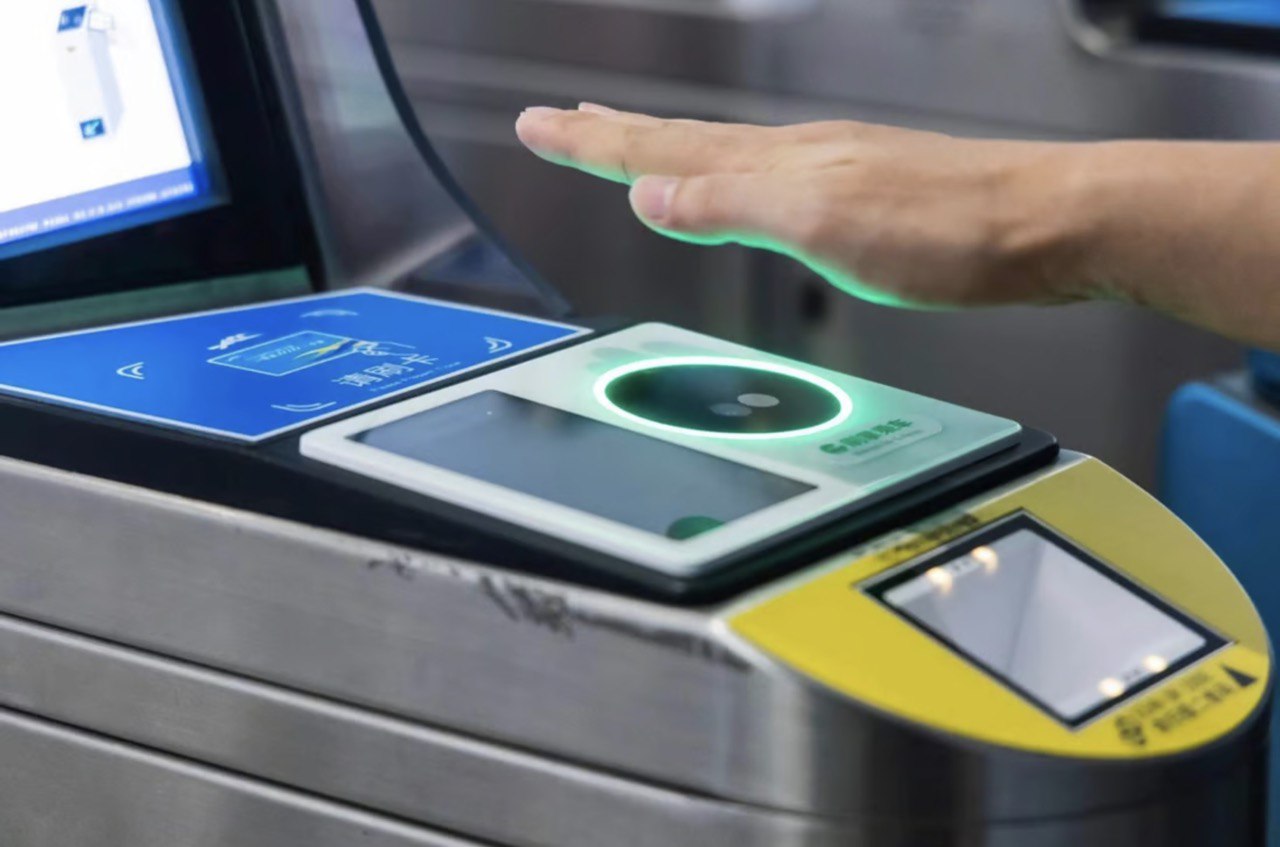
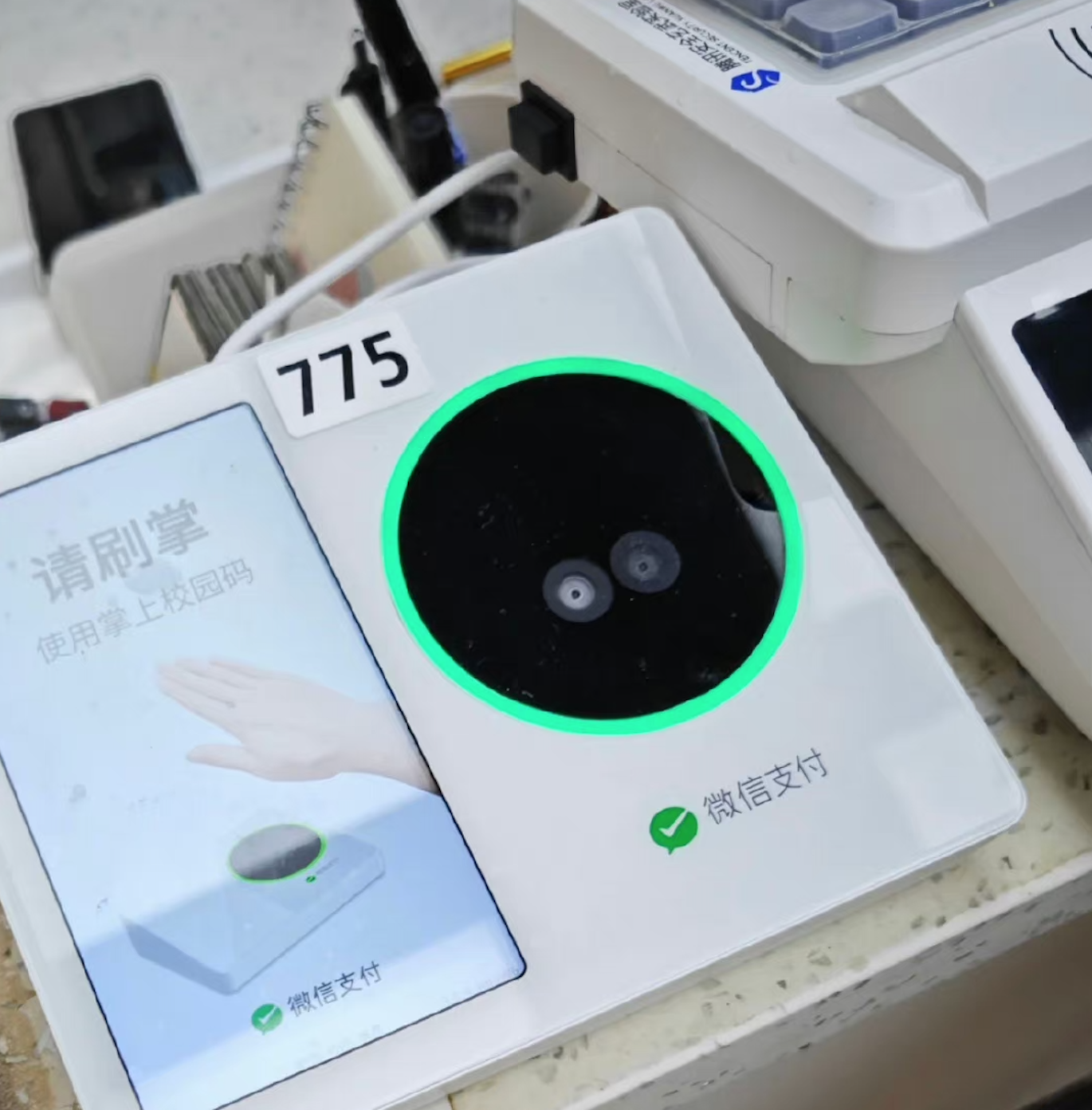
While the benefits of such a system are undeniable: improved convenience, efficiency and speed, with no risk of being unable to make payment due to forgetting your wallet or a phone running out of battery, many are skeptical about the potential dangers of this novel payment method.
TikTok: @cathychen95
As with other systems that require biometric data (face scanning, fingerprints etc.), Chinese netizens’ biggest worry about “palm payment” is security and privacy. Many are uncomfortable with divulging even more of their private information, given that the “palm payment” method involves the collection, processing and storing of sensitive personal data. On this front, Tencent says that the system will delete original samples and pictures of users’ palm lines and veins once they have the required information, so users won’t have to worry about their personal information being leaked/shared to external parties.
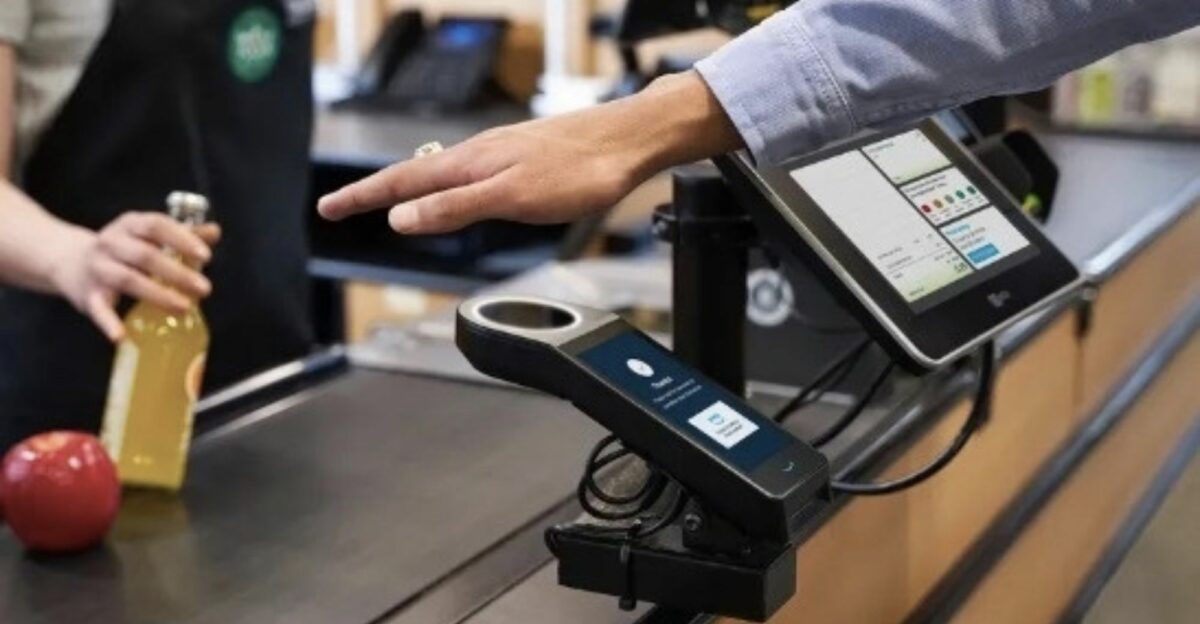
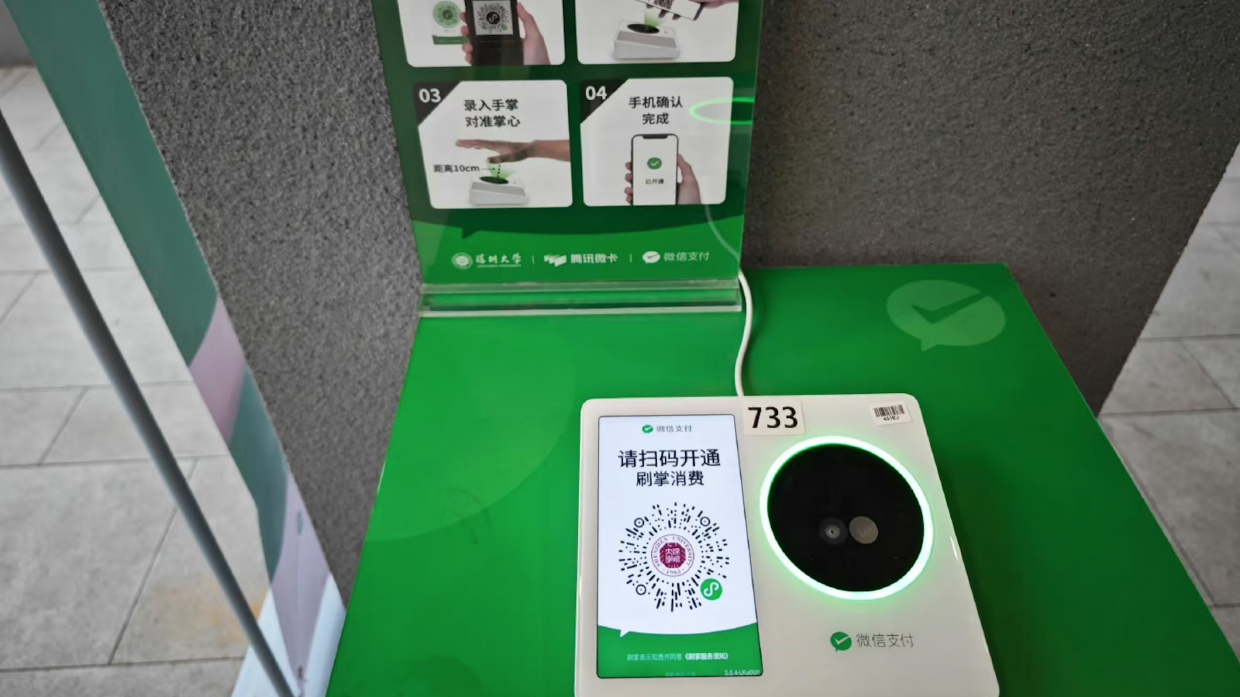
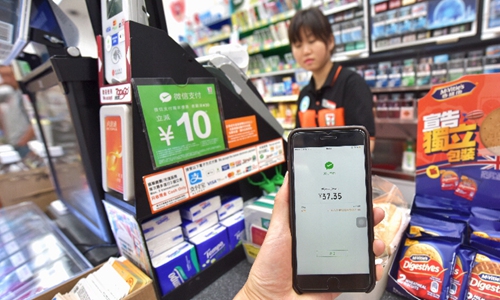
The whole idea of using just your palm to make payment and take transport feels very dystopian, and while it’s probably going to be quite some time before we see “palm payment” in Singapore, we’re curious to know: would you be open to using “palm payment” over other more conventional cashless methods?



